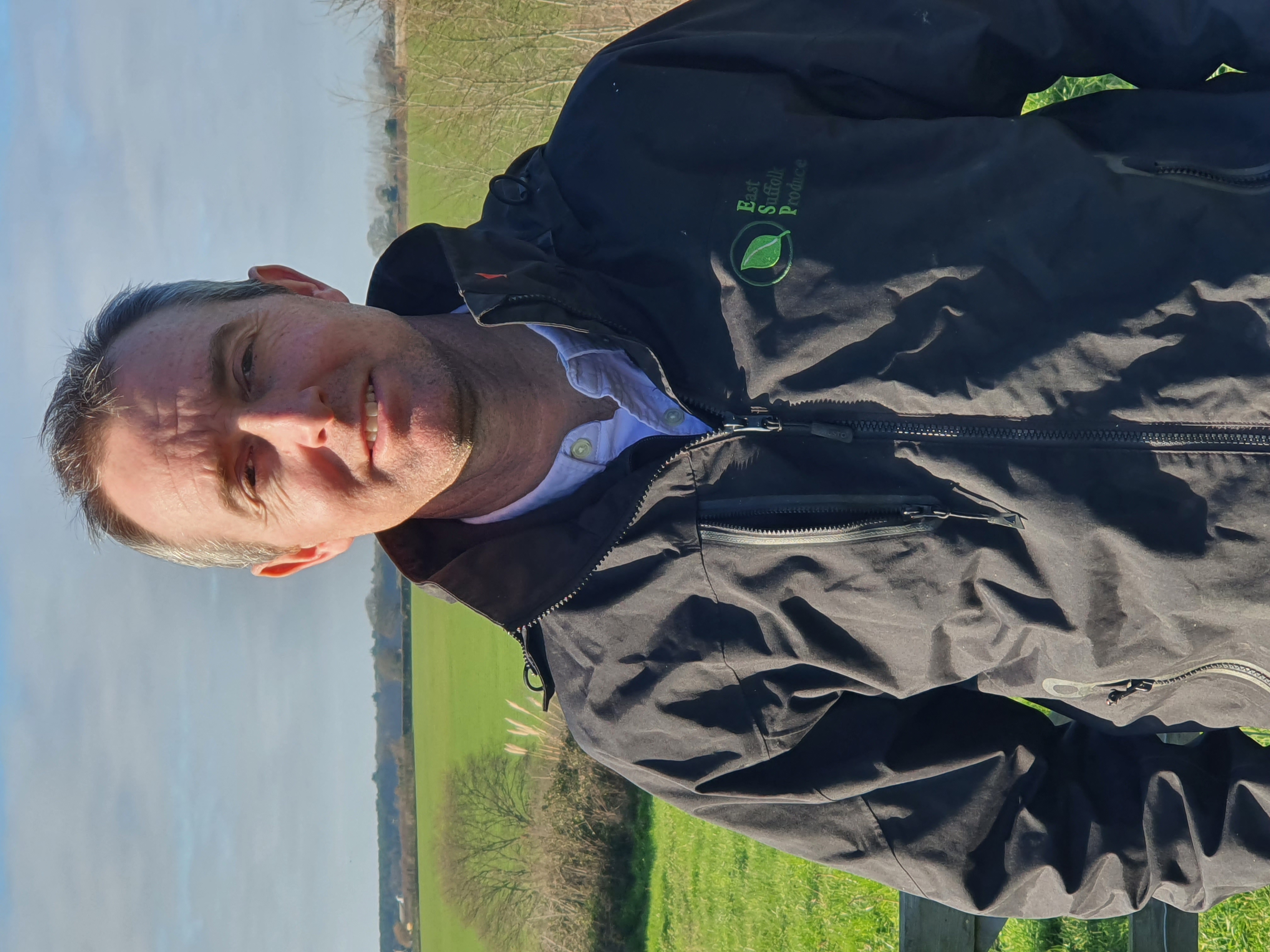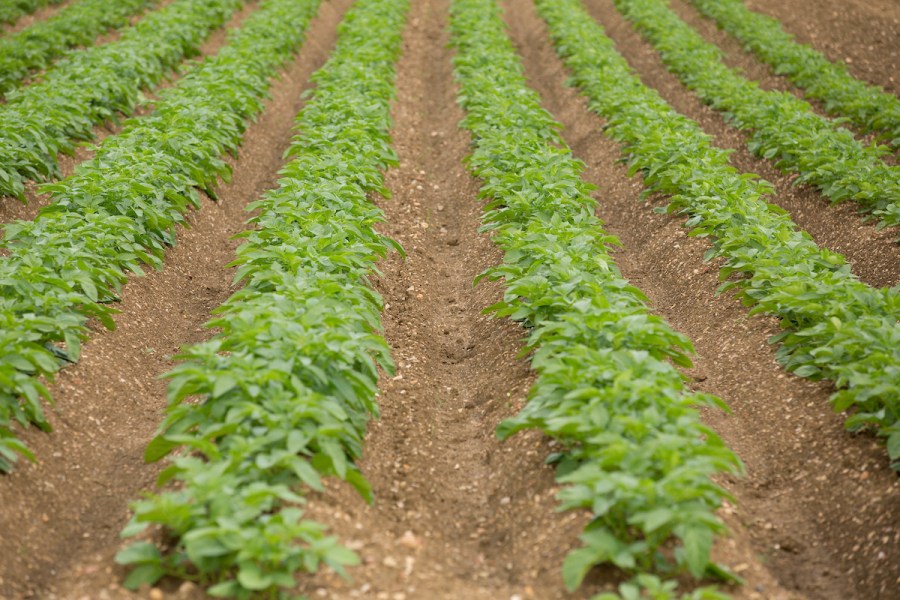The potato industry has undoubtedly faced difficulties over recent years, with crop protection tools disappearing from the growers’ armoury. As such, experts say that a degree of flexibility is going to be essential this year.
Dividing her time between Produce Solutions, a division of Greenvale AP, and sister company Crop4sight, agronomist Fiona Law-Eadie advises potato growers across Shropshire, Herefordshire and Oxfordshire and she predicts that 2022 could be one of the most challenging seasons yet from a weed control perspective.

Fiona Law-Eadie
“Potato growers and their advisers have been hit hard in recent years with the loss of both linuron and diquat. With other products now under the regulatory spotlight, it’s not going to get easier in the foreseeable future.”
Strategies for success
So what’s the best strategy going forward?
Within her territory, Fiona says she encounters a wide spectrum of soil types, including very light land unsuitable for metribuzin, a wide range of following crops and some metribuzin-sensitive varieties, so selecting products with a high degree of crop safety is paramount.
“On early chitted crops I prefer to get residual herbicides on as early as possible once ridges have settled and there’s good moisture in the soil. Praxim (metobromuron) from Belchim is certainly a go-to residual for me in the tank mix. It’s flexible, extremely crop safe and, when applied at a rate of 2.5 l/ha it shows good activity on a broad spectrum of weeds, including annual meadow grass, common groundsel and annual nettles.
“In higher weed burden situations my tank-mix preferences are either Praxim plus aclonifen, or prosulfocarb, when dealing with metribuzin-sensitive varieties – and Praxim plus metribuzin if planting metribuzin-tolerant varieties. On later planted crops I also generally favour applying both the residual and contact herbicides together in a single spray approach.”
Contact herbicide options
Amongst the contact herbicide options, Fiona reckons that Gozai (pyraflufen-ethyl) – also from Belchim – offers effective control in most situations, as long as weeds are not too large or deep rooted. “To achieve optimum results, I recommend applying it at 0.4 l/ha in minimum water volumes of 200 l/ha with methylated seed oil (MSO) if applied alone and when weeds are larger than four true leaves.

James Wrinch
“If Gozai is applied at the right coverage with an MSO then there should be no requirement for a follow up spray such as rimsulfuron,” she adds.
In agreement is independent agronomist James Wrinch, of East Suffolk Produce, who says that 2022 is likely to present some significant new hurdles for UK potato farmers.
“My key weed control challenges are when dealing with light land and potatoes in rotation with other root crops. I also have many farmers growing very early potato crops under fleece. This can often be tricky given the need to get the residual herbicides on very quickly once planting has been completed.
Crop safety
“As far as product choice for residual herbicides goes, my corner stone is Praxim when building early programmes based on its outstanding crop safety record and reliability. It’s uncomplicated, so there’s no need to stress about varieties, following crops or soil types.”
For later planted main crops on dirtier fields, James says his main go-to tank mix is Praxim plus aclonifen plus Gozai. “It’s a proven combination that will deal with weed control in 80-90% of the growing scenarios I normally encounter.”
“As a contact herbicide Gozai performs well against most broadleaf weeds when applied at 0.4 l/ha,” he adds. “Remember to keep water volumes at a minimum of 200 l/ha and apply an MSO alongside Gozai to maximise the effectiveness of the product.”
To find out more about Belchim’s portfolio of products, visit: www.belchim.co.uk




